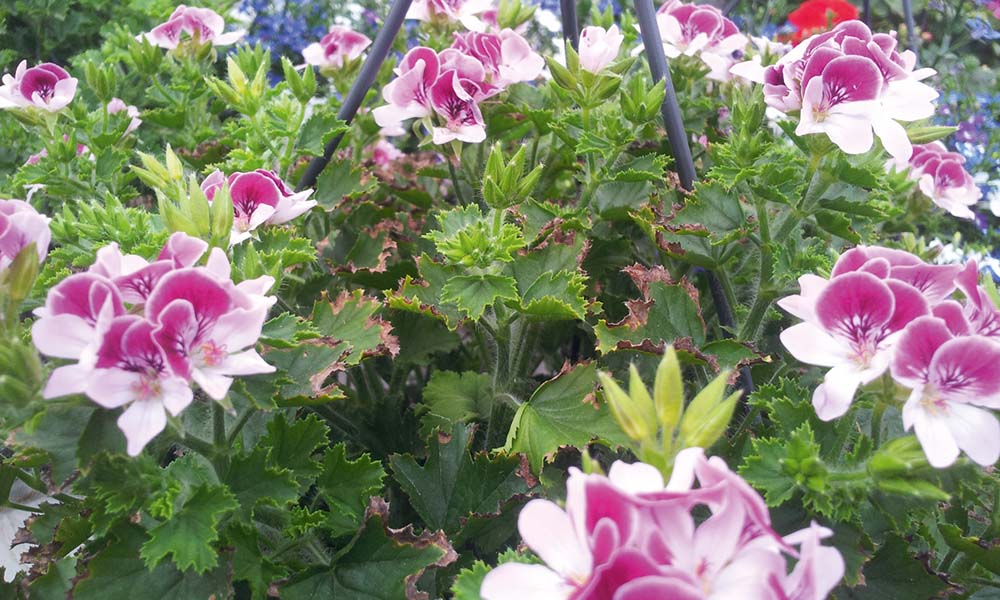Rhizoctonia solani is a soil fungus with a wide host range and worldwide distribution. Host plants include almost all vegetables, flowers, shrubs and trees. It can cause serious damage by affecting the roots, tubers, stem, plant base, and other parts of the plant in and on the soil. The most common symptoms are root and stem rot and it can also cause sunken spots on fruit.
The fungus is also responsible for damping off, which affects seedlings and causes the stems to rot at the base. The plant material can die before or immediately after the seedling emerges from the soil. The fungus is predominantly found in soil-grown crops such as radish, lettuce, bean, chrysanthemum and summer flowers, but also in pot plants and bedding plants.
Rhizoctonia does not form spores. The pathogen overwinters as mycelium or in the form of sclerotia which produce new mycelium under favourable conditions. The fungus spreads through water, tools with soil particles and other contaminated materials. The optimum temperature for infection is 15-18ºC.














